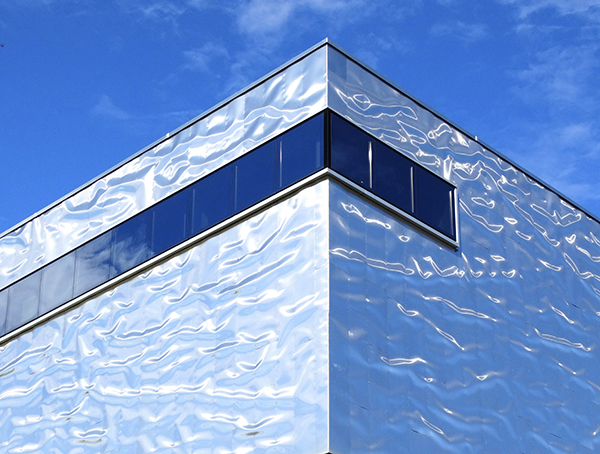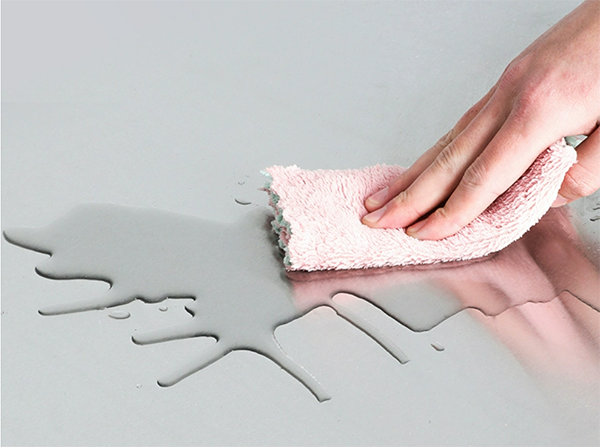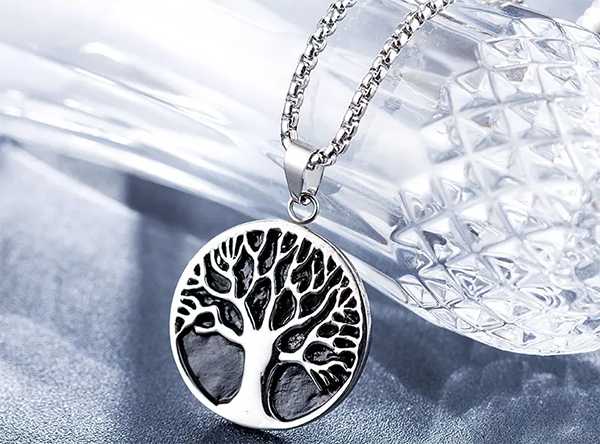
Causes And
Prevention Methods Of Deformation For Stainless Steel Sheets
Causes of
deformation for stainless steel sheets
l Processing condition issues: Stainless
steel sheets generally require bending, shearing, stamping, welding and other operations.
It is very important to master the processing conditions in these operations.
Some improper operations may cause deformation of stainless steel sheets, such
as improper pressure settings, irregular operations, etc.
l Material properties issues: The properties
of stainless steel determine its ability to respond to forces, and its
sensitivity to external forces also determines its tendency to deform.
Stainless steel sheets, made of different materials, have different thickness,
hardness, elongation and other properties. Choosing inappropriate materials can
easily lead to deformation.
l Unreasonable design problem: The design of
stainless steel sheets before use is very important. Poor design can easily
cause sheets deformation. Unreasonable design includes factors such as
insufficient thickness, improper geometric dimensions, and unreasonable
structural design.
Methods To
Prevent Stainless Steel Sheet Deformation
² Choose appropriate parameters during
processing
When processing
stainless steel plates, appropriate processing parameters should be selected,
such as appropriate tool angles, cutting speeds, cutting depths, etc., to
ensure flatness and dimensional accuracy during plate processing.
² Choose suitable stainless steel material
Stainless steel
plates made of different materials have differences in strength, tensile
strength, etc. It is necessary to select the appropriate stainless steel
material according to specific customer needs.
² Reasonable design
For the design of
stainless steel plates before use, attention needs to be paid to structural
rationality, including plate thickness, geometric dimensions, etc., to avoid
plate deformation due to improper design.
² Use high quality materials
High-quality
stainless steel materials not only have high strength and flatness, but also
have good stability, which can reduce the incidence of plate deformation.
² Strengthen quality inspection
Strengthening quality management is an effective way to prevent stainless steel plates from deforming. Strict quality inspection procedures should be implemented during mass production to ensure the standardization and refinement of each batch of products.
How To
Straighten Curved Stainless Steel Sheets?
Straighten
stainless steel sheets manually
v Use boards and clamps: First, you need to
prepare a thick wooden board, and then place the curved stainless steel sheet
on the wooden board. Then clamp the stainless steel sheet and the wooden board
to straighten the curved part. This method is suitable for smaller stainless
steel sheets and requires patience and careful operation.
v Use pliers or hammer: This is a more common
method of manually straightening stainless steel plates. First, you need to
prepare a large pair of pliers or hammer, then place the pliers or hammer on
the curved part and slowly press the stainless steel sheet straight. Although this
method is fast, it requires skill and proficiency to achieve good results.
Straighten
stainless steel sheets by machines
v Use a bending machine: The bending machine
is a professional equipment that can help straighten stainless steel sheets
quickly and accurately. Place the bent stainless steel sheet and the bending
machine on the same horizontal line, then start the bending machine and let it
automatically straighten the curve on the stainless steel sheet. This method is
fast and effective, but requires appropriate equipment.
v Use a plate bending machine: The plate
rolling machine is also a professional equipment that can shape stainless steel
sheets according to the designed bending degree. If you need to straighten the
curved stainless steel plate, you can use a plate rolling machine to re-roll it
into a straight stainless steel sheet. It should be noted that this method is
only suitable for stainless steel sheets that require more processing.






